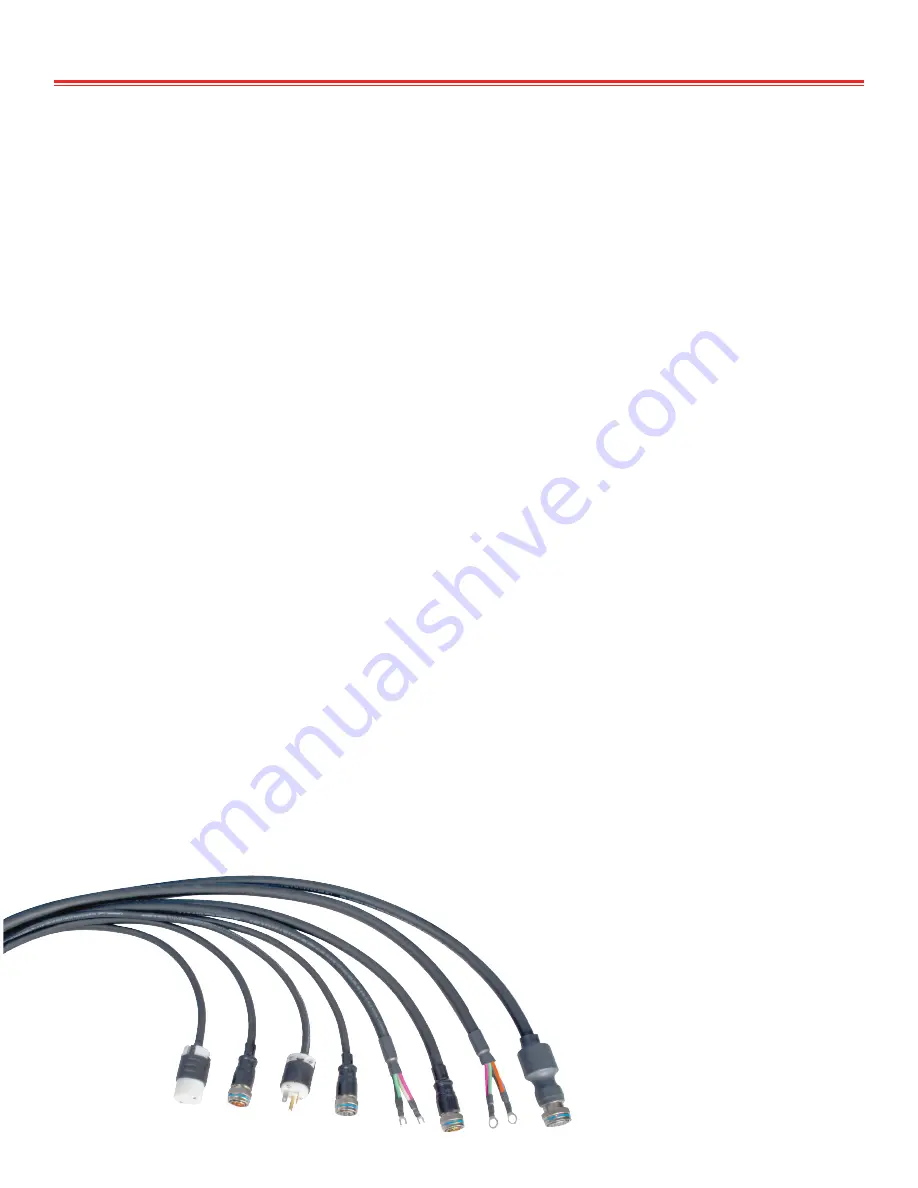
Section VIII
Trouble-Shooting Guide
006-0007129 10/12/2018
Rev B
59 of 60
UPS-1500 3-Phase Guide
www.synqor.com
The UPS sees that the voltage at the DC INPUT is within the specified range, and enables the
output; the load begins to draw power which in turn requires the UPS to draw current via the
DC INPUT cables and terminals. As the input current rises, a large voltage drop appears across
the INPUT cable and terminals. If the voltage into the UPS drops below the minimum rated
value of 22 V, the UPS may determine that the DC INPUT is out of range and proceed to switch
to the battery source. After this occurs, no current is being drawn through the INPUT cables
and terminals once again, so the UPS detects that the DC INPUT voltage is back to normal, and
switches back to the DC INPUT source. This cycle will be repeated 3 times. At this time, the UPS
will inhibit the DC INPUT source. This cycle will be repeated 3 times. At this time, the UPS will
inhibit the DC INPUT source for 1 minute before trying again and starting the cycle again. The
complete cycle will continue to repeat over and over, until the voltage drop in the input circuit
is corrected or the battery backup is depleted.
If the battery backup becomes depleted, the UPS will proceed to shut down. Startup will
require manually moving the “ON/OFF” switch to the “ON” position, even if the auto start
feature is enabled in the UPS.
It is important to note that, this same problem can also occur in the 3-Phase AC INPUT lines, if
the voltage at the AC source of any one phase is close to the 85 V
L-vN
minimum AC INPUT limit.
In this case the UPS will try ten times before stopping for a one minute interval and switching
to a DC INPUT source if available, or the battery backup, if charged.
The following are possible solutions to this problem: 1) make sure that the cable diameter for
the required length is sufficient to deliver the full amperage to the UPS unit (See the section
“Power Cable Wire Size” for recommended cable wire sizes), 2) tighten the distribution
panel/breaker terminals or 3) clean any contamination or corrosion buildup on all terminals
and connectors.


































